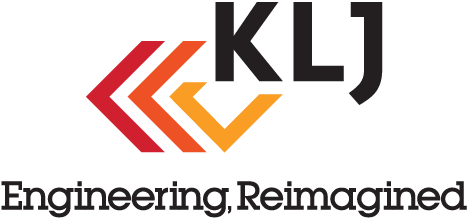Intelligent Transportation System
The use of Intelligent Transportation System [ITS] technologies on our nation’s highway systems, transportation corridors, and local streets allows us to mitigate traffic, increase safety, and improve overall mobility throughout our transportation networks; producing a better travel experience for both motorists and transit users. This is accomplished through the deployment of various ITS devices (e.g. CCTV cameras, dynamic message signs, vehicle detection systems, travel time systems, etc.) and sensors that are used to collect real-time traffic information on travel conditions along roadways as well as providing remote monitoring capabilities of the existing traffic environment. Traffic engineers and transportation professionals are then able to utilize this information to make better-informed decisions on how best to modify traffic parameters, if needed, and disseminate pertinent information to motorists and transit users alike. The better informed and well educated the traveling population is of both existing and upcoming traffic conditions the more likely they are to choose the best options/alternatives available when making their travel plans and navigating roadways, thus improving their overall travel experience.
Moreover, ITS technology solutions can be implemented in an effort to help combat the increasing congestion issues faced on today’s roadways. The option to expand existing roadways to increase the current capacity is not always available based on limited right-of-way [ROW] or is simply not cost feasible. In such scenarios, ITS deployments which incorporate innovative engineering designs allow us to maximize the potential of the existing infrastructure through smarter interaction between the motorists and transit vehicles via ITS sensors/devices. The Bluetooth communication protocol enabled on our cell phones and vehicles can allow for Vehicle-to-Infrastructure [V2I] interaction (protocol for the communication between vehicles and roadway sensors) to determine travel times from one point-of-interest [POI] to another designated POI. In addition, Vehicle-to-Roadside [V2R] (protocol for the communication between vehicles and roadside units) technologies which utilize wireless communications can be used to facilitate the interaction between vehicles and traffic controllers to exchange information about the traffic signal intersection. Similar wireless communications can be utilized in Vehicle to Vehicle [V2V] (protocol for communication between vehicles) technologies allowing vehicles to “talk” to one another which improves traffic management by providing each vehicle with a 360-degree awareness of its surrounding environment. These communication protocols are also implemented by technologies such as Connected Vehicles /Autonomous Vehicles [CV/AV], which has been touted to be the future of travel on our roadways.
All of these interconnected devices and sensors belong to a group of technologies that are a subset of what is commonly known as the Internet of Things [IoT]. This subset of IoT refers to a network of Internet-connected devices and sensors deployed along the roadways that are used to collect vast amounts of information pertaining to traffic network conditions and the surrounding environment. Once gathered, this information must then be filtered and correlated in order to extract those portions of the data that pertain to each specific traffic application being utilized. However, a great deal of the collected data can be used across several different platforms so there exists a “connectivity” associated with the information which brings an additional value when it is correctly structured and properly disseminated. This “connectivity” forms the basis of the informational framework associated with the “Smart Mobility” component of the “Smart Cities/Smart Communities” concept. Within this framework, the data gathered is made readily accessible to all approved interested parties. This data is no longer solely designated for use by the generating agency but is distributable to any number of authorized agencies/platforms for their intended use as well.
ITS deployments are designed to implement technology solutions that integrate intelligence into our roadways in an effort to improve the overall travel experience and safety of motorists and transit users. With the vast number of existing ITS devices and sensors already deployed and those forthcoming, the importance of correctly structuring the collected data is of increased importance. In order to accomplish this, a comprehensive solution must be designed that incorporates this concept of a “connective platform” in order to ensure that the ITS solution facilitates “Smart Mobility” and improved travel across our transportation networks.
